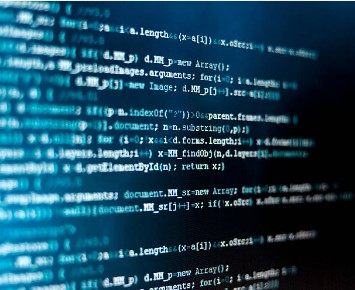Technology is the backbone of the entire digital world. The Software facilitates the flow of technologies throughout. The digital transformation is the core of today’s digital transformation and it goes hand in hand with the software development. Therefore, it is the responsibility and obligation of the software industry to develop new software-based technologies consistently and effectively. Then the industry is expected to bring changes in the allied industries such as tourism, education, blockchain and artificial intelligence. The enormous economic growth and creative capacity of technology firms that manufacture the goods and provide services that merge hardware and software, which also means that the laws and regulations have to be amended accordingly.

Eligibility for a software to be patented
The eligibility for a software innovation for patent is the same as general patent requirements. An innovation must be new or novel, non-obvious and have some utility attached. But many technologists and critics claim that technological patents have less creativity and contending that 99 percent of the software innovations are neither “novel” not “non-obvious” to the other skilled creators. But on the other hand, for big tech firms and corporate houses, the protection granted to software innovation is of an utmost importance. In the UAE, both categories of opinions float and therefore, a rigorous analysis of provisions is necessary.
Relevant IP rights in the UAE to protect software
To ensure that the innovation related to software receive the requisite protection, the invention must fulfil the following:
- The subject matter must not be too abstract but must have concrete value.
- There must be certain industrial application in the tech industry.
- There must be an inventive step.
- The innovation must meet the general patent requirements.
The software innovations can be protected through patents, copyrights or trade secrets. However, it is essential to note that patents grant an exclusive and stronger protection to such software-related innovations.
The UAE laws do not provide an explicit definition for software patents in the legal text. Therefore, it becomes essential for the innovators to consult the attorneys or legal expert well in advance. The inventor must provide an abstract so that a fair idea of the motive and type of invention can be assessed. Further, it is always advisable to protect the patent in various territories through the international application.
Steps to be followed
The Ministry of Economy in the UAE handles the patent-related applications. One of the departments in the Ministry i.e., Development of Innovation in the Economy and Patents Department accepts and handles all the applications. The documents have to be first submitted to the department.
The documents required for a natural person in an application are: personal details of the innovator, claims in Arabic or English language, detailed description and appropriate drawings, if there are any. In certain cases, the power of attorney is also mandatory.
Requisites for claims:
- The claim must depict a problem-solution concept, wherein the utility must expressly be discussed.
- The claim must illustrate the synchronization between the illustration, drawings and the invention.
- The claim must depict the rightful ownership of the applicant or inventor.
The application and document submissions are followed by the examination by the department. Post examination, the patent is either granted or rejected. Post the decision, the patent shall be published in the Official Gazette. Within sixty days, the third parties can file their oppositions, if any.
Therefore, the process is similar to that of registration of a general patent and thus, all the steps must be completed and the requisites must be fulfilled.
Conclusion
Copyright protection can protect your software codes from being plagiarised but it can’t prevent others from developing the same software without your consent. On the other hand, patent protection gives you the right to exclude others from using the functional aspects of the software claimed in your patent, even if others develop the same software independently. Creating environments that enable the innovators and developers to devote time to software creation to discover new ways to help us communicate and disseminate the information, while doing business. The time has now come for the international community to evaluate the situation and consider the relevant benefits.
Author: Tanya Saraswat – a student of Institute of Management Studies (NMIMS), in case of any queries please contact/write back to us via email chhavi@khuranaandkhurana.com. or at Khurana & Khurana, Advocates and IP Attorney.



